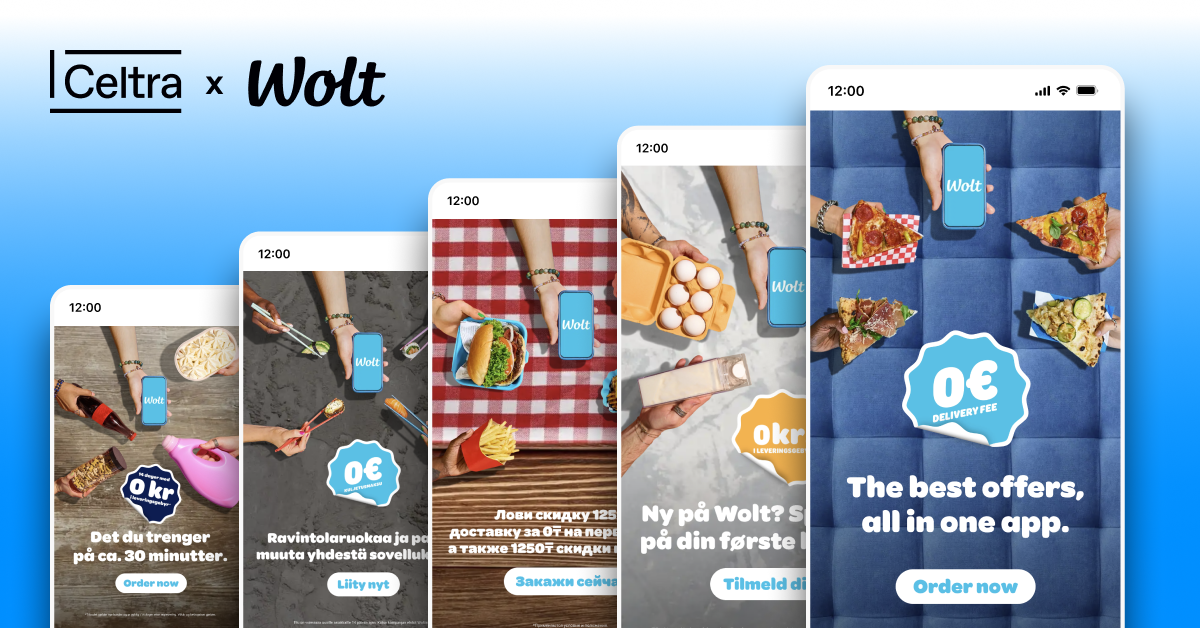Why do millions of people line up for the newest smartphone when other models offer the same features? It’s not just about specs or speed. It’s the strength of a branding strategy that builds anticipation before the product even lands in their hands.
A branding strategy is the system that keeps everything aligned. It defines what you stand for and makes sure every ad reinforces it. Done right, it turns advertising into more than impressions; it creates loyalty and gives you an edge in markets where products and prices look the same.
What is a branding strategy?
A branding strategy is the long-term plan for how your brand is seen in the market. It defines purpose, values, and identity, then connects them to every customer experience.
It’s more than guidelines or logos. A branding strategy ties directly into business strategy, shaping positioning, pricing, and communications. It creates a foundation that makes advertising more effective, so every campaign builds equity, not just clicks.
Key elements of a branding strategy
A strong branding strategy is built on clear foundations. These key elements define how your brand shows up and keep every campaign connected.
- Purpose: Why you exist beyond transactions.
- Values: The principles that shape decisions and connect with your audience.
- Unique Selling Proposition (USP): What sets you apart in the market.
- Tone of voice: The personality behind your messaging.
- Visual identity: Colors, typography, and design system that make you recognizable.
- Brand story: The narrative that ties everything together and makes people care.
Together, these elements make your brand recognizable and memorable.
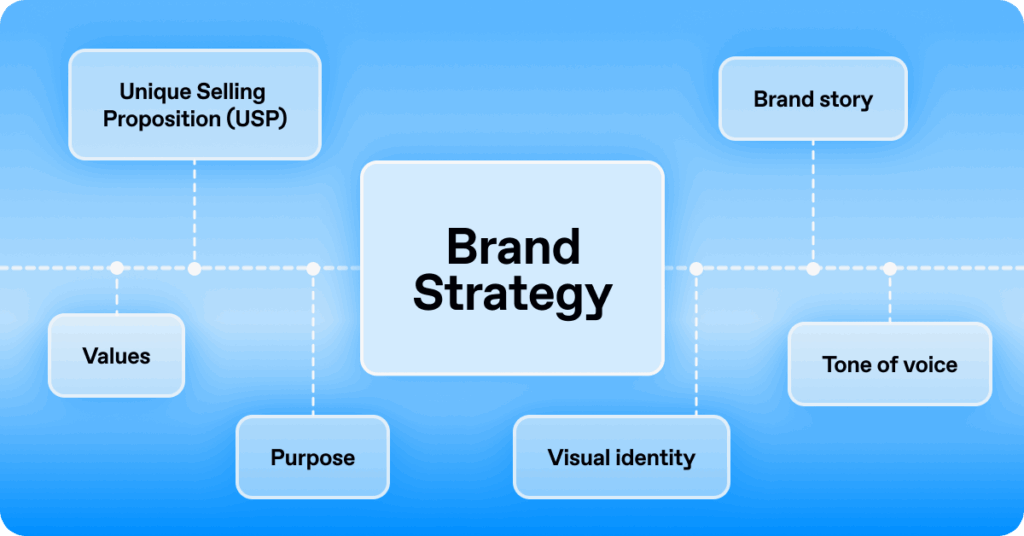
Building a branding strategy that sticks
A branding strategy only works when it’s practical enough to guide daily decisions. These steps create the framework for building a strategy that stays consistent across teams and campaigns.
Define your audience
Start with clarity on who you’re speaking to. Go beyond demographics and identify what motivates your audience, what barriers they face, and what cultural signals they respond to. These insights shape positioning, messaging, and media choices so your brand speaks directly to the people most likely to buy.
💡 Example: Spotify looks beyond age groups or genres; it uses listening behavior and cultural context to personalize playlists and campaigns. By understanding motivations (like discovering new artists or re-living nostalgia), it connects more meaningfully with its global audience.
Clarify your purpose and values
Purpose and values explain why your brand exists and what it stands for in the world. Use them as a filter for decisions: if a campaign idea doesn’t support your purpose or reflect your values, it doesn’t move forward. This is how strategy turns into everyday discipline.
💡 Example: Yeti’s purpose is more than selling coolers; it’s about enabling outdoor adventures. Its focus on durability and authenticity shows up in product design and advertising, reinforcing why people pay more for gear that’s built to last.
Position your brand
Positioning defines where you sit in the market and why customers should choose you. It’s the sharp idea that separates you from competitors. A clear positioning statement guides your story, pricing, and creative direction, making sure your brand can’t be mistaken for anyone else.
💡 Example: Lululemon positions itself as the premium performance and lifestyle brand. By blending technical innovation with community-driven messaging, it stands apart from budget athletic wear brands. Every ad, from leggings to yoga mats, reinforces this elevated positioning.
Build a consistent identity
Identity is how people recognize you in an instant. From logo to tone of voice, it’s the system that makes every touchpoint feel cohesive. With a consistent identity, customers know what to expect, whether they’re looking at a display ad, scrolling your social feed, or walking into a store. Without it, recognition fades and trust weakens.
💡 Example: Coca-Cola’s colors, script typography, and joyful tone show up in every campaign, from Super Bowl ads to local store displays. The identity is so consistent that it’s globally recognizable even without words.
Enforce alignment company-wide
Even the best brand strategy fails if it lives only in marketing. It has to flow into sales, product, support, and hiring. Every team should understand what the brand represents and how to deliver it. When everyone pulls in the same direction, the strategy becomes a shared compass.
💡 Example: Apple’s focus on design and simplicity guides packaging, retail, product UI, and customer support. Because every team delivers on the same idea, the brand experience feels seamless across touchpoints.
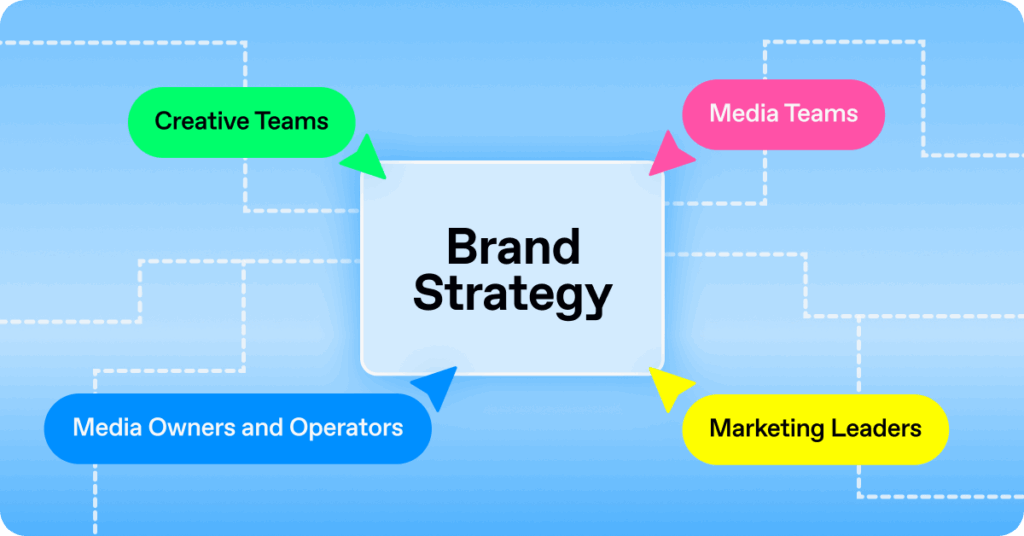
Turning brand strategy into consistent advertising
Advertising is where brand strategy meets the real world. But without consistency, campaigns compete with each other instead of reinforcing the brand. The risks are clear:
- Audiences feel confused about what you stand for
- Identity fragments across markets and channels
- Media spend drives short-term clicks but not long-term equity
💡 Example: One brand that nails this is Nike. For decades, they have repeated the same brand codes: its iconic swoosh, bold typography, and the empowering “Just Do It” message, across every channel and market. Whether it’s a global campaign with star athletes or a local activation, the brand feels unmistakably Nike because the strategy never wavers. And thanks to Celtra’s Creative Automation, every variation stays on brand while Nike teams localize at speed.

Results like this come from teams that stay connected and tools that make creative alignment effortless.
1. Connect teams in one place
Consistency suffers when teams operate in isolation. Marketing, media, and creative often rely on separate tools and disconnected workflows, which leads to misaligned messages and visuals.
Working together in a shared platform solves that problem. When assets, templates, and approvals are managed in one space, feedback becomes faster and campaigns stay aligned across every market and channel.
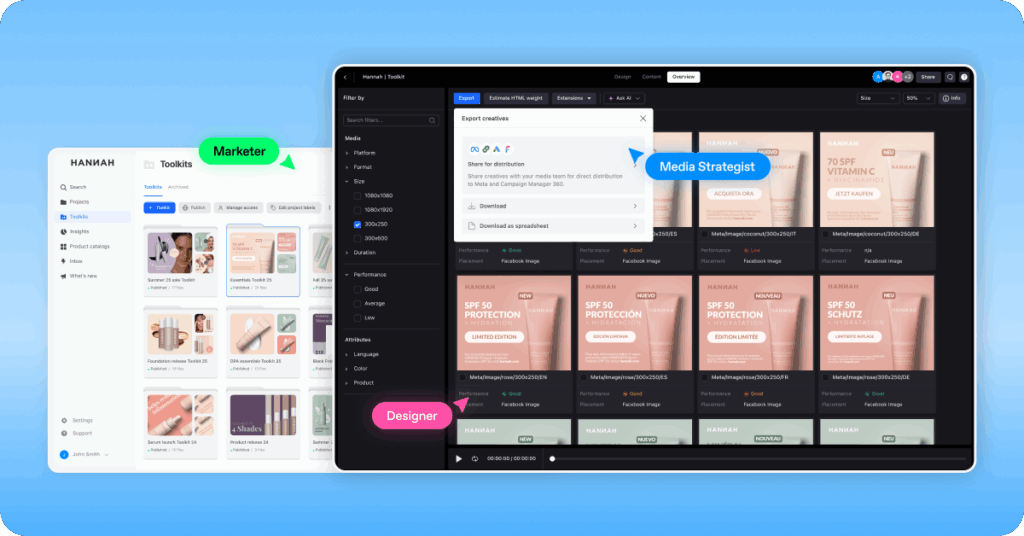
2. Build toolkits for consistent creative
When teams or markets create campaigns separately, the process becomes slow and fragmented. Work is duplicated, and visuals start drifting away from the core brand identity. The solution is a toolkit with on-brand, ready-to-use ad templates.
Templates define the elements that never change, such as layout, typography, logo placement, and calls to action. They also leave space for local teams to adapt imagery, copy, or offers, combining creative flexibility with brand control.
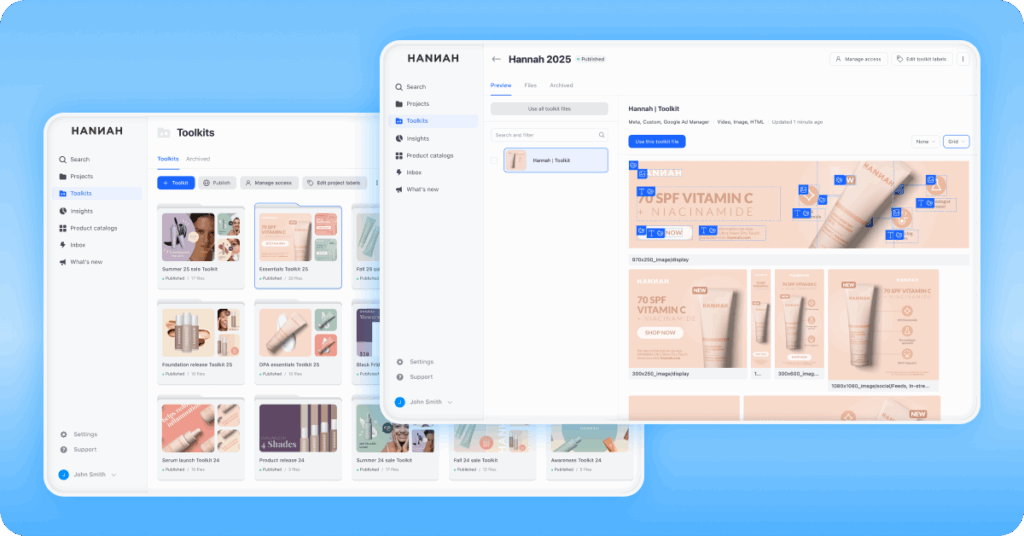
💡 For their global holiday campaign, Spotify used Celtra to build toolkits that enabled 25% more efficient production and over 14,000 on-brand, market-specific creatives across 100+ markets. Every ad felt localized yet instantly recognizable as Spotify, proof that consistency and scale don’t have to come at the expense of creative quality.
3. Stay on brand through the full funnel
Brand consistency often fades as customers move down the funnel. Beautiful top-of-funnel creative turns into plain product ads that fail to represent the brand. To avoid this drop in quality, you can apply branded templates to your product feeds.
Celtra enables teams to enrich Dynamic Product Ads with typography, color, and logo treatments that reflect your brand identity. Every touchpoint, from awareness to conversion, feels connected and reinforces the same message. Puma and Accent Group show just how powerful this approach can be, turning standard catalog ads into branded experiences that boost performance and keep every impression on brand.

How Celtra keeps brands aligned
With Celtra, brands can scale faster without ever losing control of their identity. With Celtra’s Creative Automation, teams can:
- Design once, scale everywhere: Create master templates and adapt them for markets, audiences, and formats.
- Automate versioning: Generate hundreds of variations in minutes.
- Protect brand identity: Built-in guardrails keep everything on brand.
- Connect creative with performance: Link production to results and continuously optimize.
Frequently asked questions
It’s the long-term plan that defines how your brand is perceived, including purpose, values, voice, and identity. A strong branding strategy creates recognition in the market and ensures every campaign adds to your brand equity.
Because it builds recognition and trust. A strong branding strategy gives customers confidence in choosing your brand repeatedly, even in crowded markets. It also provides internal direction, so every campaign, product, and interaction supports the same promise.
Start with audience insights, define purpose and values, position your brand clearly, and build a consistent identity applied across all teams. The process is about alignment, making sure everyone from product to marketing speaks the same language.
Use creative templates, modular design, and automation tools like Celtra to ensure ads scale globally without losing brand alignment. These guardrails make sure campaigns feel tailored to local markets without drifting off brand.
Celtra’s Creative Automation platform ensures every campaign, across formats, languages, and regions, stays true to your brand strategy. It saves teams time, protects brand equity, and connects creative directly to performance.


